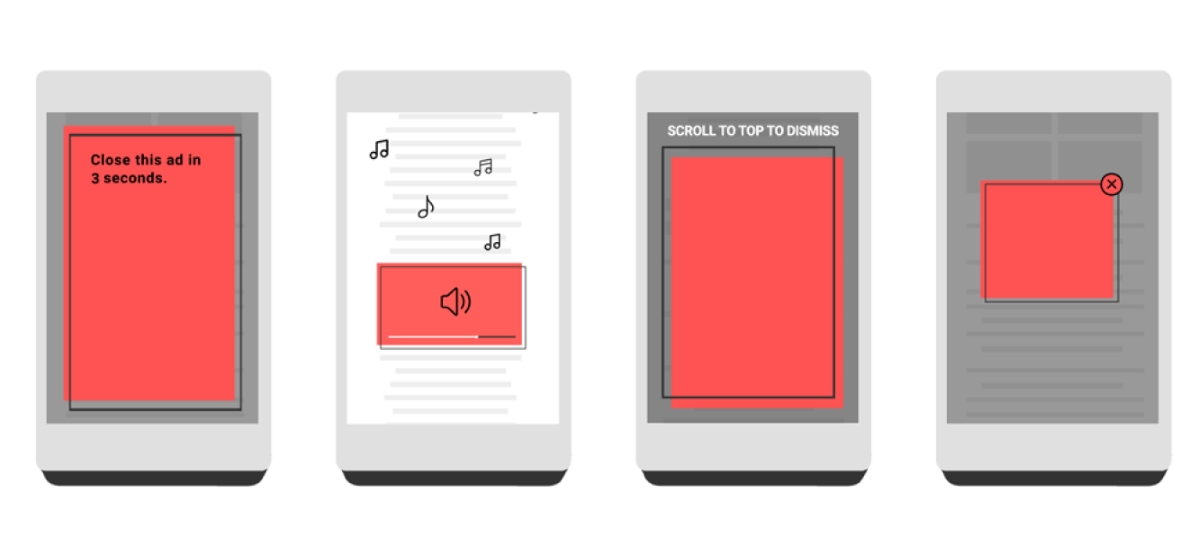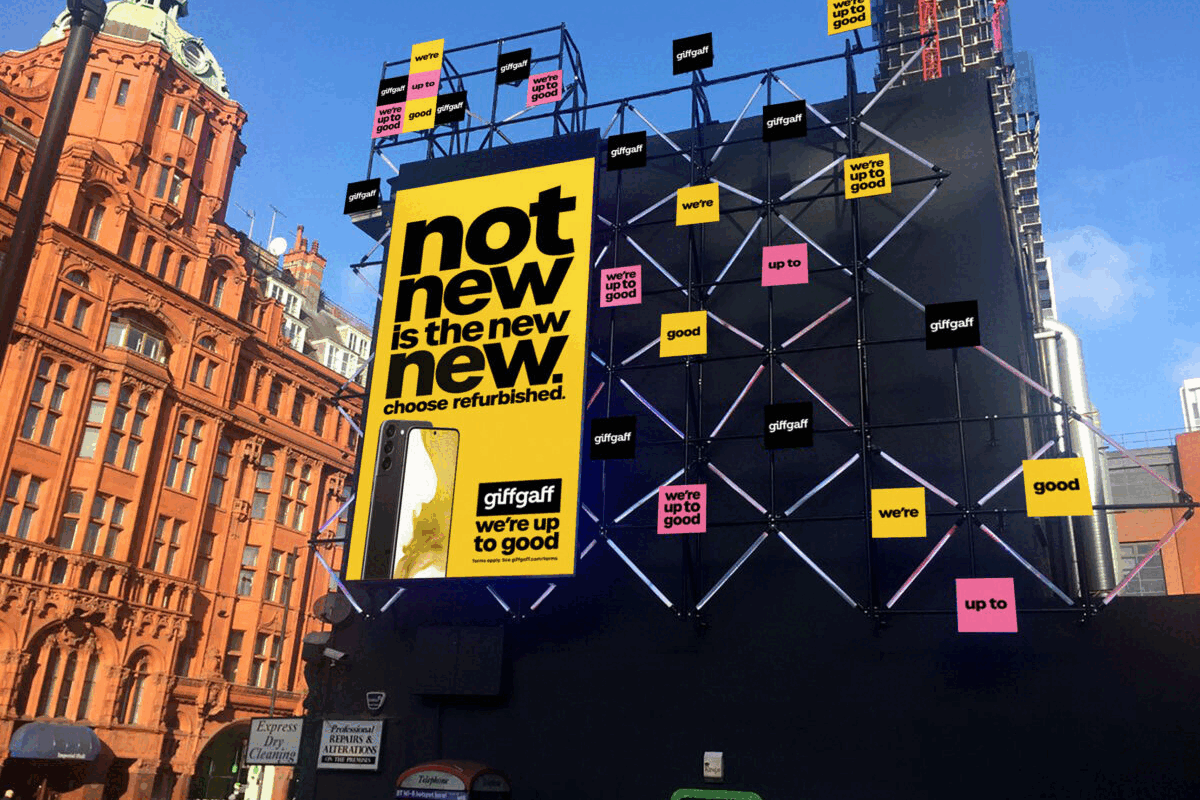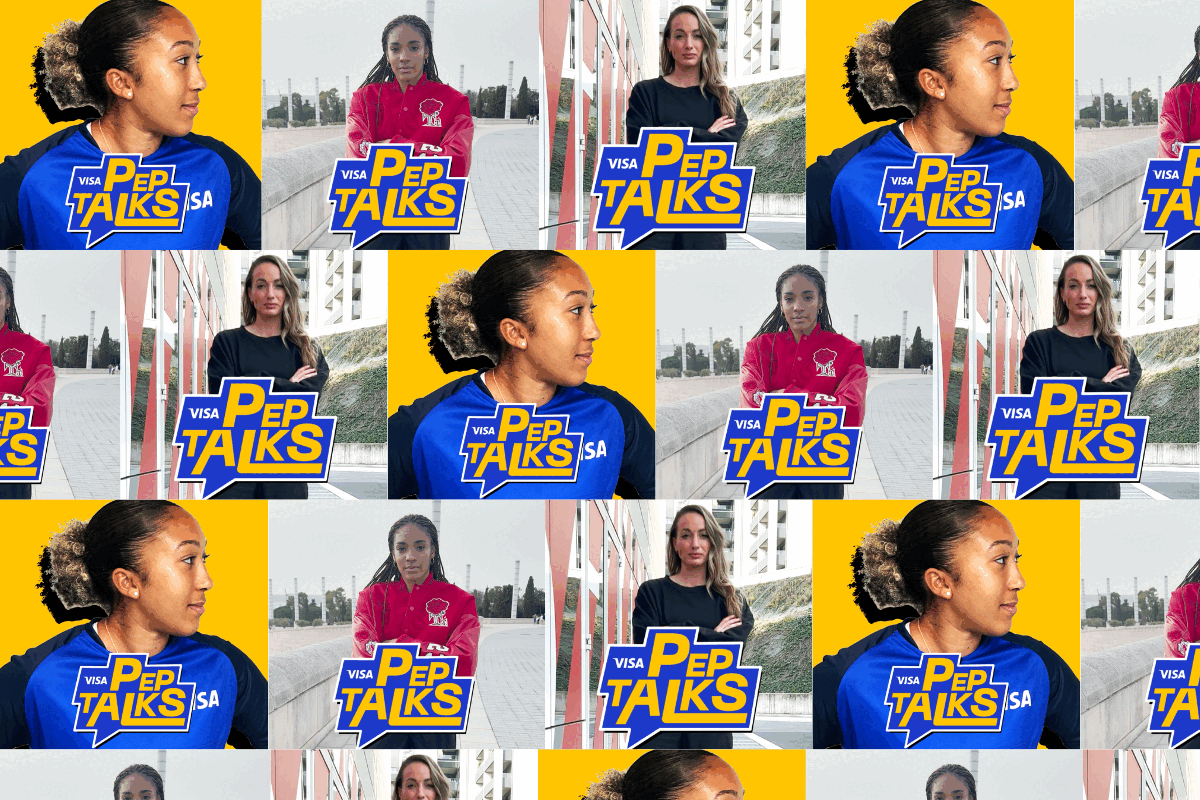Most consumers would stop buying products advertised near dangerous content: report
- Tuesday, August 13th, 2019
- Share this article:

More than 80 per cent of consumers would reduce or stop buying a product they commonly purchase, if it was advertised close to “extreme or dangerous content”, according to a new survey conducted by the Trustworthy Accountability Group (TAG) and Brand Safety Institute (BSI). The survey, which was answered by more than 1,000 respondents via SurveyMonkey, found that consumers are very likely to boycott products that have been advertised close to situations including hate speech, violent content and more.
A majority of consumers believe that advertisers should prevent their ads from running near hate speech (73 per cent), pornographic content (73 per cent), violent content (70 per cent), and illegal drug-related content (69 per cent). 53 per cent of consumers said advertisers should avoid running ads near stolen and pirated content, and 73 per cent think advertisers shouldn’t run ads on unsafe or hacked websites.
“This survey drives home the real and measurable risk to a company’s bottom line from a preventable brand safety crisis,” said Mike Zaneis, CEO of TAG and co-founder of BSI. “While reputational harm can be hard to measure, consumers said that they plan to vote with their wallets if brands fail to take the necessary steps to protect their supply chain from risks such as hate speech, malware, and piracy.”
If consumers saw a regularly purchased product being advertised near Neo- Nazi propaganda, 87 per cent said they would reduce their spending on that product, and 58 percent said they would stop buying the product altogether. If consumers discovered such ads next to terrorist recruiting videos, 90 per cent would reduce their spending on the product advertised, and 67 per cent would boycott the item all altogether.
Almost all (90 per cent) of respondents said it was very or somewhat important for advertisers to avoid running ads around any sort of dangerous, offensive, or inappropriate content. When TAG and BSI asked respondents who should be responsible for making sure ads don’t run in these types of unwanted situations, 70 per cent said the advertiser, 68 per cent said the ad agency, 61 per cent said the website owner, and 46 per cent said the technology provider.
“We were surprised at the nuanced understanding of brand safety risks shown by respondents in this survey,” said Neal Thurman, co-founder of BSI. “While accidental ad placement around criminal activity has been widely covered in the media, consumers recognized that brand safety concerns extends to a full spectrum of more subjective topics. They also assigned responsibility for brand safety across the supply chain, including not only the advertisers, but also agencies, publishers, and ad tech providers.”















